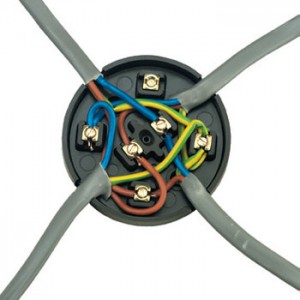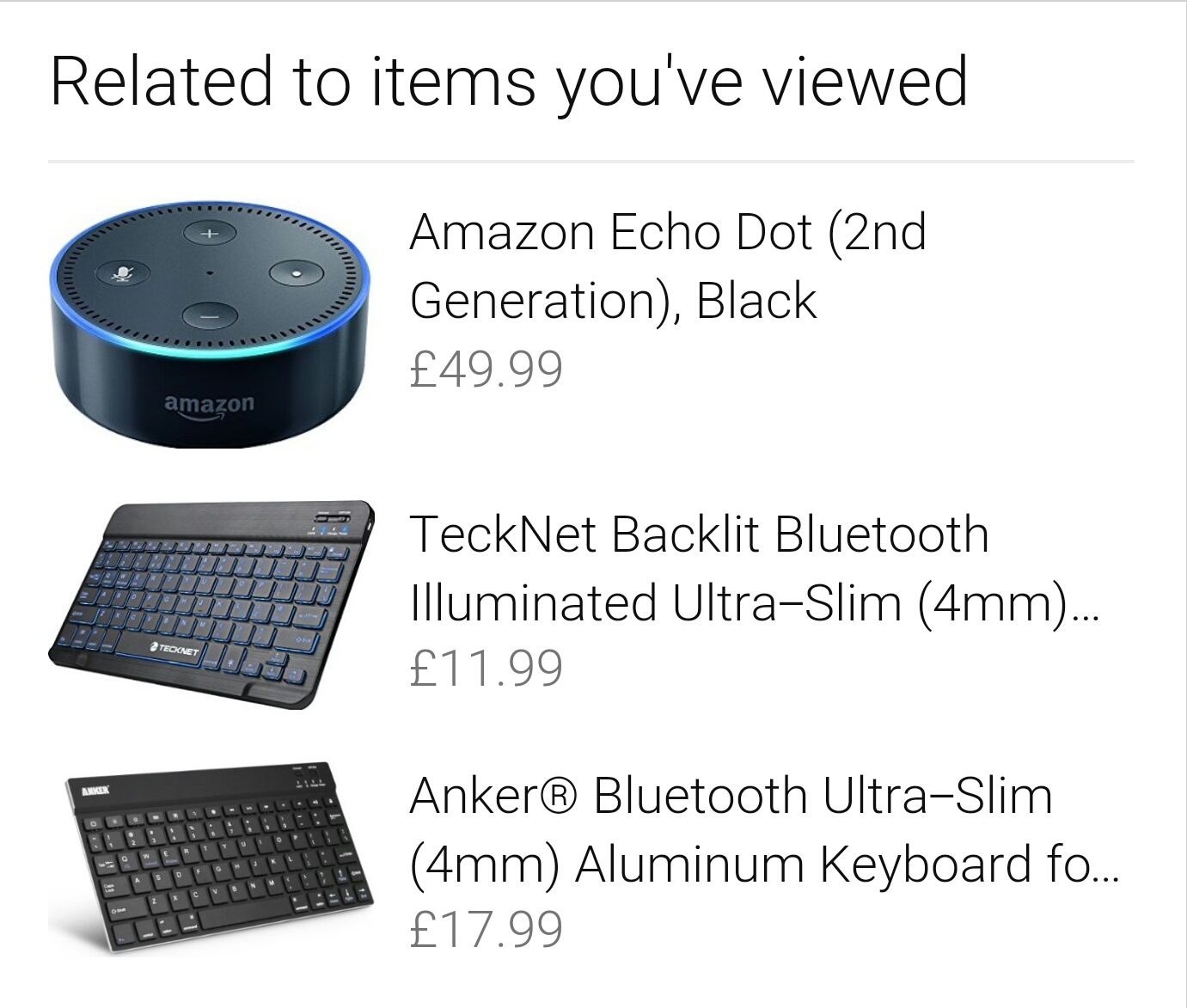 Earlier this week I went to a marketing/tech seminar called Connectivity Crossroads (cue cheesy image on left), run by the agency RAPP and Marketing Week.
Earlier this week I went to a marketing/tech seminar called Connectivity Crossroads (cue cheesy image on left), run by the agency RAPP and Marketing Week.
The thrust of the event was how to deal with the fact that consumers are now ‘always-on’ – a buzzword that I’ve seen used on numerous occasions in the last 12 months.
What, for me, was most interesting was the realisation by many big companies that they are no longer in control, when it comes to the web.
Refreshingly, Eurostar’s Emma Harris spoke about the PR nightmare that surrounded the snow in Christmas 2009 and its effect on the Eurostar service and what they learned from it.
Gary Raucher from Philips also gave a speech about their current campaign and the lessons they learned from their previous brilliant, but ultimately-flawed clown commercial.
Most of us who work in the interweb already know that people are always connected to you and your brand. Social media is a wonderful way to reach out to your customers and users, but can also come back to bite you on the rear end, if you’re not careful.
At the top of the seminar, RAPP’s Rik Haslam emphasised that sometimes it’s not worth spending ages planning something and that you should just get out there and ‘do it’, which is a motto I thoroughly applaud. However, it’s also important to be prepared if things do wrong.
And herein lies the dilemma. The bigger the brand, the greater the risk to their reputation when things don’t go as smoothly as you’d like them to. Undeniably, brands need to be connecting with their audiences online, but there needs to be some sort of strategy and risk and response mechanism in place.
Back in February, Paperchase were undone by a Twitter campaign over a disputed design. Astonishingly, Paperchase weren’t even on Twitter at the time and had to join expressly to try and rescue the situation.
Going back to Eurostar, although they were on Twitter when the snow problems hit the headlines, they were tweeting from an account that advertised their current ad campaign, rather than a Eurostar-branded Twitter handle. This was another learning and one that, hopefully, most major companies have now learned.
So what is the lesson from all of this? There were many from the seminar, but ultimately it seems to me that it all comes back to good practice on social media and the web, as a whole.
– Engage, rather than broadcast
– Be normal: there are still brands out there who are way too corporate on social media
– Be open and honest
– Don’t be afraid to apologise if things go awry
– Seek help and advice from your customers, when and where necessary. You’ll earn far more respect



